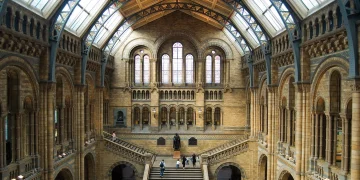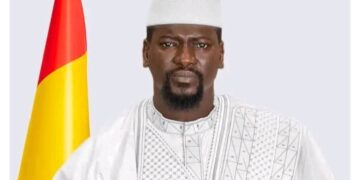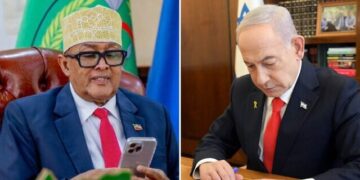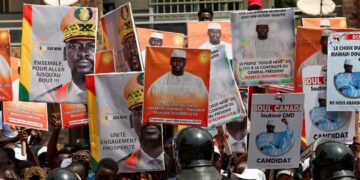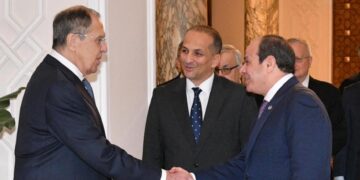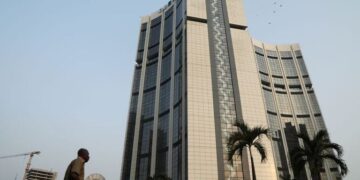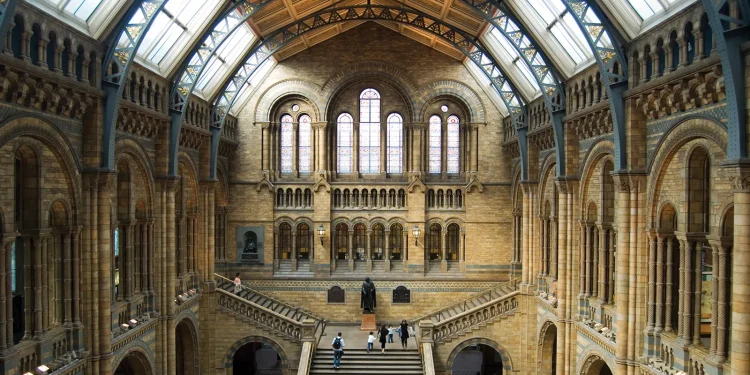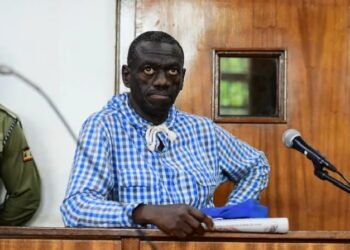By Ebi Kesiena
The Democratic Republic of Congo’s culture ministry has discloed that the mausoleum of Patrice Lumumba, the country’s first prime minister and a revered anti-colonial icon, has been vandalized.
In a statement on Tuesday, Culture Minister Yolande Elebe noted that only a tooth is all that was left of the anti-colonialist icon and first prime minister after the breakin which she described as a heinous act aimed at desecrating the burial place of the national hero.
Lumumba’s remains consist of a single tooth, which was returned to the DR Congo by Belgium in 2022 and laid to rest in a concrete mausoleum during a solemn ceremony attended by President Felix Tshisekedi.
The mausoleum, located in Kinshasa, is heavily guarded and positioned at the base of a prominent tower symbolizing the capital.
Elebe expressed uncertainty over whether the tooth, regarded as a sacred relic, had been stolen during the attack. She explained that a police inquiry is underway, and further details will depend on the outcome of the investigation.
The tooth holds profound historical and emotional significance. It was seized by Belgian authorities in 2016 from the daughter of a Belgian police officer involved in Lumumba’s assassination. The officer had kept the tooth as a trophy after Lumumba’s brutal killing in January 1961, following a coup backed by Belgium and the CIA.
Lumumba, who became the DR Congo’s first prime minister after the country gained independence from Belgium in 1960, was known for his impassioned speech against racism during the independence ceremony.
His leadership was short-lived, as he was ousted months later, partly due to his appeal to the Soviet Union for support. He was assassinated in Katanga province, which had seceded with Belgian support, and his body was dissolved in acid.
The relic’s return to the DR Congo in 2022 marked a significant moment of reconciliation. It was noted during the ceremony in Brussels that this act symbolized an effort to confront the painful colonial legacy and honor Lumumba’s memory. The vandalism of his mausoleum has now reignited discussions about his enduring legacy and the need to protect sites of historical importance.
